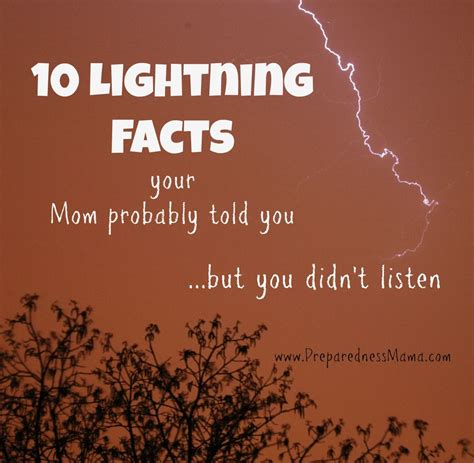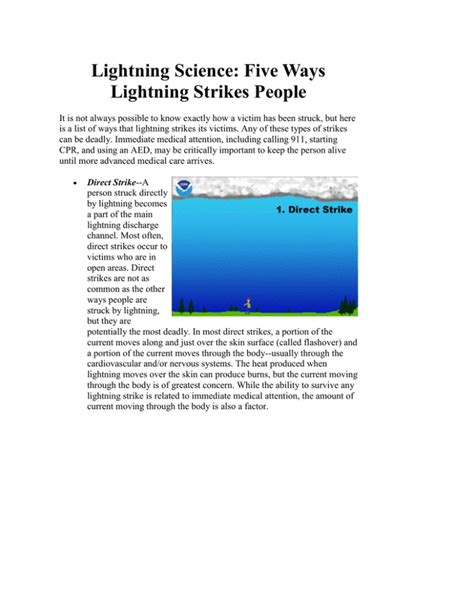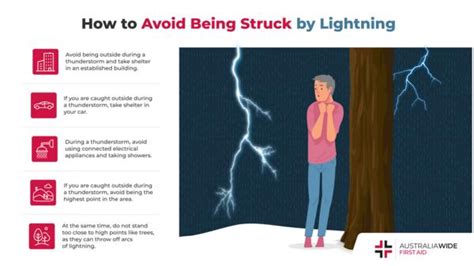Heat lightning, a phenomenon often misunderstood, is not actually a type of lightning but rather a distant lightning storm that is too far away to be seen clearly, with only the lightning's glow visible on the horizon. The term "heat lightning" is a colloquialism used to describe this occurrence, which can be confusing since it doesn't directly relate to the temperature. This misunderstanding often leads to curiosity about how such distant storms can be perceived and the implications of their visibility. Despite the name, heat lightning is a real indicator of lightning activity, albeit at a distance. Understanding its nature can provide insights into weather patterns and the behavior of electrical storms.
Key Points
- Heat lightning is the perception of lightning from a distant storm, not a specific type of lightning.
- The distance of the storm makes the lightning itself invisible, but the flash can illuminate the cloud base and be seen as a glow on the horizon.
- Heat lightning can be an indicator of approaching weather systems, including thunderstorms.
- The phenomenon is influenced by atmospheric conditions, such as cloud types and the presence of aerosols.
- Observing heat lightning can help in predicting local weather changes, especially the potential for storms.
Understanding Heat Lightning

The appearance of heat lightning is typically a diffuse glow on the horizon, often without the audible thunder that accompanies closer lightning strikes. This is because light travels much faster than sound, allowing the observer to see the lightning before the thunder can be heard, assuming the storm is far enough away. The perception of heat lightning is influenced by several factors, including the height of the observer, the elevation of the surrounding terrain, and the presence of any obstructions to the line of sight.
Factors Influencing Heat Lightning Visibility
Several atmospheric and environmental factors can influence the visibility of heat lightning. For instance, the type of clouds present in the storm system can affect how visible the lightning is from a distance. Cumulonimbus clouds, which are associated with thunderstorms, can reflect and diffuse the light from lightning, making it more visible as a glow. Additionally, the presence of aerosols in the atmosphere, such as dust, smoke, or pollutants, can scatter the light, potentially making the heat lightning more visible or altering its perceived color.
| Atmospheric Condition | Influence on Visibility |
|---|---|
| Cumulonimbus Clouds | Can reflect and diffuse lightning, making it more visible as a glow. |
| Aerosols (Dust, Smoke, Pollutants) | Can scatter light, altering visibility or perceived color of heat lightning. |
| Observer Elevation | Higher elevation can increase the distance over which heat lightning can be seen. |
| Terrain Obstructions | Mountains, hills, or buildings can block the line of sight, reducing visibility. |

Predicting Weather with Heat Lightning

Observing heat lightning can be an indicator of changing weather patterns. While it doesn’t predict the storm’s exact path or intensity, seeing heat lightning can signal that a storm system is approaching. This is particularly useful for individuals in areas prone to severe weather, as it can provide an early warning to monitor weather forecasts more closely or prepare for potential storms. Understanding the factors that influence the visibility of heat lightning can also help in interpreting its significance as a weather indicator.
Applications of Heat Lightning Observation
The observation of heat lightning has practical applications in weather forecasting and storm prediction. By monitoring the frequency, intensity, and direction of heat lightning, observers can gain insights into the movement and potential development of storm systems. This information, when combined with other meteorological data, can help improve the accuracy of weather forecasts and provide critical early warnings for severe weather events.
What is the difference between heat lightning and regular lightning?
+Heat lightning is not a type of lightning itself but rather the distant appearance of regular lightning. The term refers to the visibility of lightning from a storm that is too far away to see the actual lightning bolt or hear the thunder.
Can heat lightning predict the approach of a storm?
+Seeing heat lightning can indicate that a storm system is in the vicinity, although it does not predict the storm's exact path, intensity, or arrival time. It serves as a general indicator of potential weather changes.
How does the atmosphere affect the visibility of heat lightning?
+The atmosphere plays a significant role in how visible heat lightning is. Factors such as cloud types, aerosol presence, and the observer's elevation can all influence whether and how clearly heat lightning can be seen.
In conclusion, heat lightning, while often a subject of curiosity, offers valuable insights into distant storm activity and potential weather changes. By understanding what heat lightning is, the factors that influence its visibility, and its implications for weather forecasting, observers can better appreciate the complex dynamics of our atmosphere and prepare for severe weather events.
